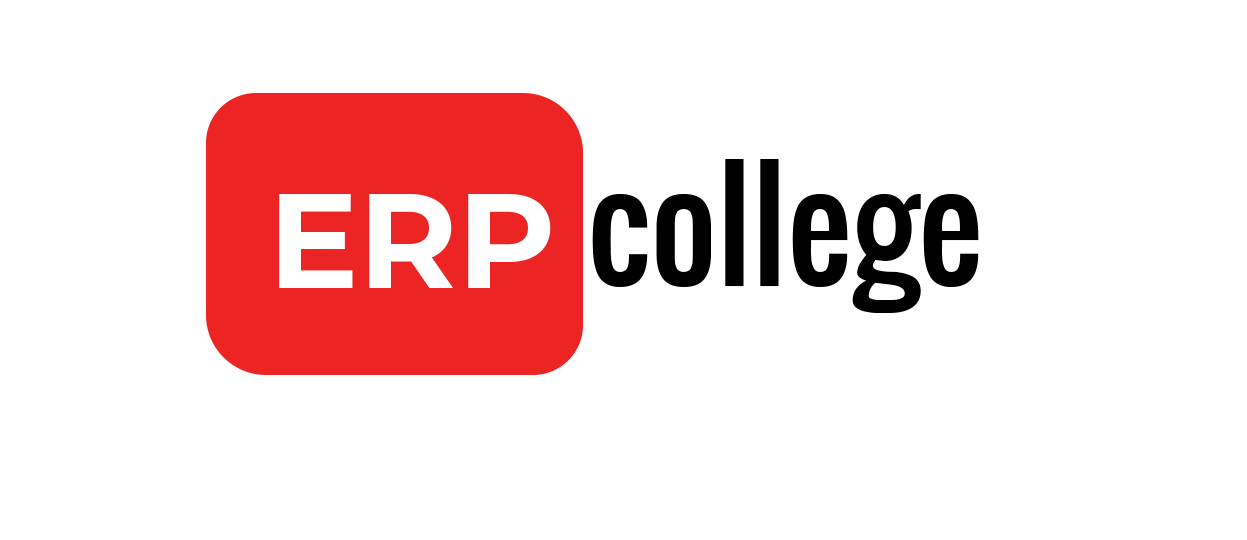What is S4HANA Cloud?
Well let’s understand it from SAP’s point of view first, what does SAP market S4HANA Cloud as? It goes like this – S4HANA Cloud will shift the perspective of every user from operations towards the insights and predictive analytics. So if we put it into a list or pointers it will be like below:
- Focus on real time insights and predictive analytics from operations
- Single point of entry for everything
- New user experience with future ready interface
- Role based dashboards with cutting edge insights
- Intelligent automations – easy access to bots
- Efficiency through reducing repetitive tasks
- A lot of Machine learning and use of AI
- Easier connectivity with lot of outside applications
Sounds huge!
Now lets understand it from a common man’s (Consultants) point of view
I believe to understand S4HANA Cloud, the fastest way would be to know how it differs from S4HANA (On Prem)
Lets just quickly brush up on the difference between OnPrem and Cloud. When you say I will run S4HANA on Premises then you mean I will own and manage the Storage, I will manage and own the Servers, I will manage and own the Networks, I will manage and own the O/S, Middleware, Data everything and just take a software for SAP and place it on my infrastructure.
Whereas in Cloud you say I will not own a single thing, I will just buy a laptop and use S4HANA through a website in my browser and that’s S4HANA on cloud for you.
Okay that’s the difference between these two from the system point of view or in the backend. Then what’s the difference in front end for end users or consultants.
Then biggest change would be of the user interface, in premise users will have option to use software through GUI as well as FIORI. But in Cloud you can only login through FIORI.
Next big change will be for consultants since in Premise version you can configure software through SPRO. But in cloud it will be through self service config UIs / through expert config FIORI Apps
The upgrades in cloud will be quarterly whereas in on premise it will be yearly basis. So cloud customers will have access to new age innovations faster than on premise customers.
System landscape will be bit different in cloud than on premise. On premise preferred way is to have 3 systems Dev, QA, and Prod whereas in cloud limited systems will be available. It will be coined differently and treated project wise.
| S4HANA On Premise | S4HANA On Cloud |
| GUI & FIORI | FIORI |
| SPRO for Config | FIORI Apps for super users |
| Yearly Update (on an avg) | Quarterly update |
| Dev, QA, and Prod System | Coined differently and more of project dependent |
Lets dig dipper in S4HANA Cloud as it has two products – one is Public Cloud and other one is Private Cloud
Private Cloud is something that can be configured and customized on a larger scale, basically it is a flexible option for the companies which have complex processes and requires lot of customization.
Customer could choose their own cloud partner like AWS, Google, Microsoft Azure etc and who should provide support for it.
Whereas public cloud is a offering of SAP as part of SAAS (software as a Service). It is for the companies which have the very common processes and aligns with the industry. It can be implemented very fast (as fast as 4 weeks).
There is no option to customer to choose cloud platform as SAP will only provide and support it.
It will have very frequent upgrades which will be rolled out by SAP so with public cloud customers will have hands on a latest innovations immediately.












